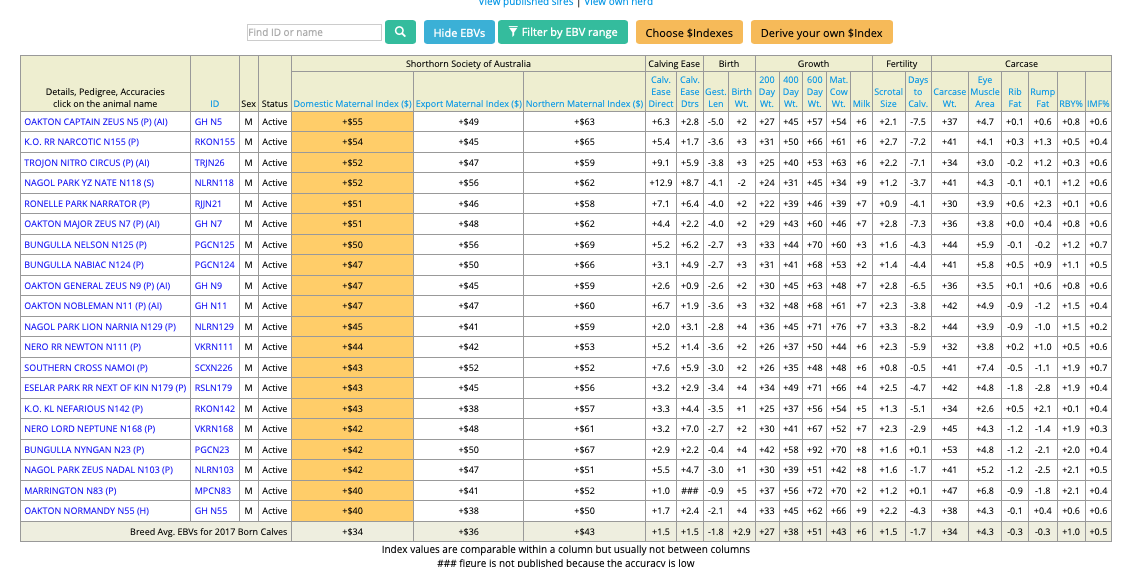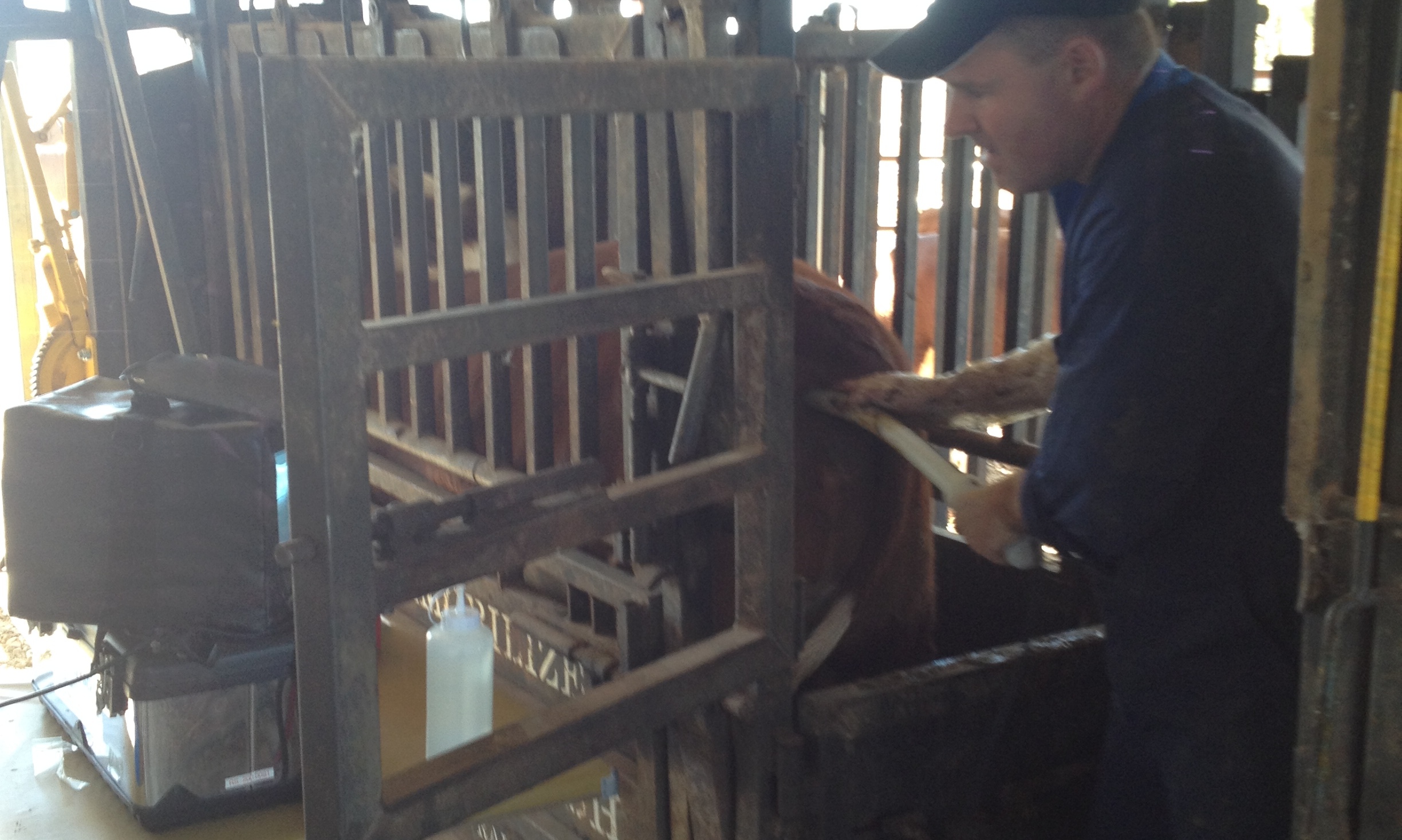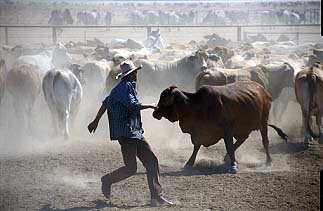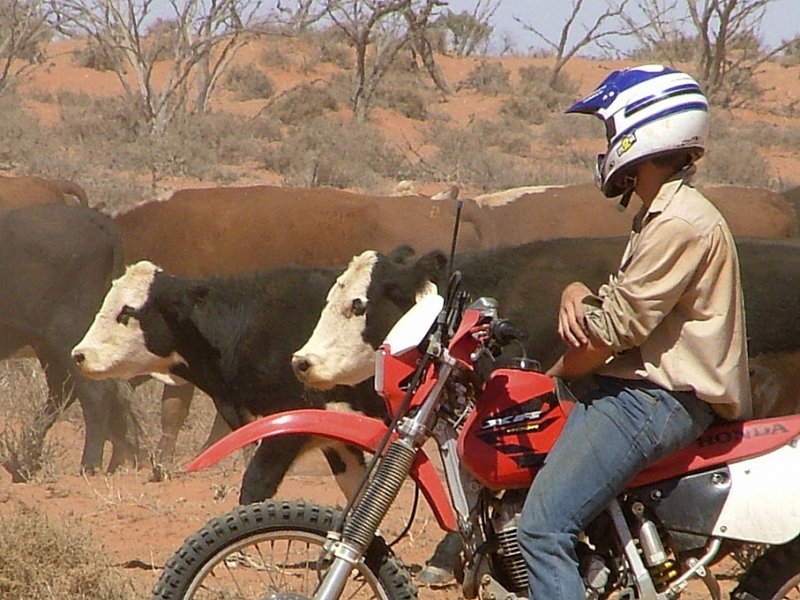Operating a beef enterprise, or indeed any farming enterprise, is a challenge. Farming is really a multi dimensional activity. As most producers will readily acknowledge, their skill set has to cover not just the requirements of managing livestock; but to adjust and operate in an ever changing environment. They need to be across animal health, nutrition, understand the markets, adjust their systems to comply with welfare and health regulations. All this before considering financial management; infrastructure maintenance - the list goes on!
“were like a lot in our area, on our P plates when it comes to beef cattle”.
Recently I was speaking to a newer farming operator who told me that his family “were like a lot in our area, on our P plates when it comes to beef cattle”. I liked that description quite a lot. Gaining your licence takes a lot of time. Not only do you have to know the rules, but you have to be able to demonstrate through practice and testing that you can do it safely. And even then your P Plates are designed to keep you safe while you develop more skills and competence as a driver.
Farming P Plates
We all move from Red to Green as we develop our skills and knowledge
In farming its not as clear cut. There are plenty of people to give you some advice. Some of it will be helpful, and some will be less usefull. And if you are on your P Plates, working out what’s useful - before you lose control - can be a challenge!
So, for those producers who are still on their “P’s” here are a few tips to think on.
1: Have a plan in mind of what you want to achieve. The key to this tip is don’t just say you want to run cows! Your plan needs to provide you with the direction of how many cows? How much money do you need to make from the system to achieve that goal?
2: Is your plan realistic? Do you have the skills to make it happen? Is your property REALLY able to sustain that plan? Have you truth tested your advice / skills? If not are you ready to address and acquire the skills & resources you don’t have?
Do you have a plan?
Is it realistic?
3: Do you have a clear idea of how achievable your goal is? In other words, do you really understand what you actually have to do to get to that end point? Do you understand the time you will need to put in? What are the other resources you will need to use?
4: Are you prepared to ask questions and not make assumptions? We all make assumptions. Everyone is guilty of looking over the fence and thinking of what you could do “since the next door neighbours seem to be going ok..” Don’t assume that what works (or doesn’t work) for someone will apply to you. Ask for help, seek some advice. Look for objective answers!
5: Avoid the DFO - DATA FREE OPINIONS !! These will come at you from every angle. From what type of cow you should have; to if you should breed or trade; when to sell and what products to use. Some DFO’s all be offered by people that you think you need to listen to (other producers; agents; retailers; butchers; the bloke in the pub / cafe). Some of their suggestions may have merit. BUT - you need to ask and check the facts first!
Just like learning to drive, when you are on your P plates, the opinions of older more experienced drivers don’t always apply. You ask questions and see how relevant that is to where you are as a driver. In time you might be able to take on a bit more. But dont feel you have to take on the DFO’s!!
Hopefully as you move from your Red to Green and then onwards, these tips will set up the habits of good farming practice. And like learner drivers, there are experienced coaches and trainers out there to help you on your way. When you can use these as mentors or trainers to get your skills developed more strongly and to make your farming experience more rewarding.









































